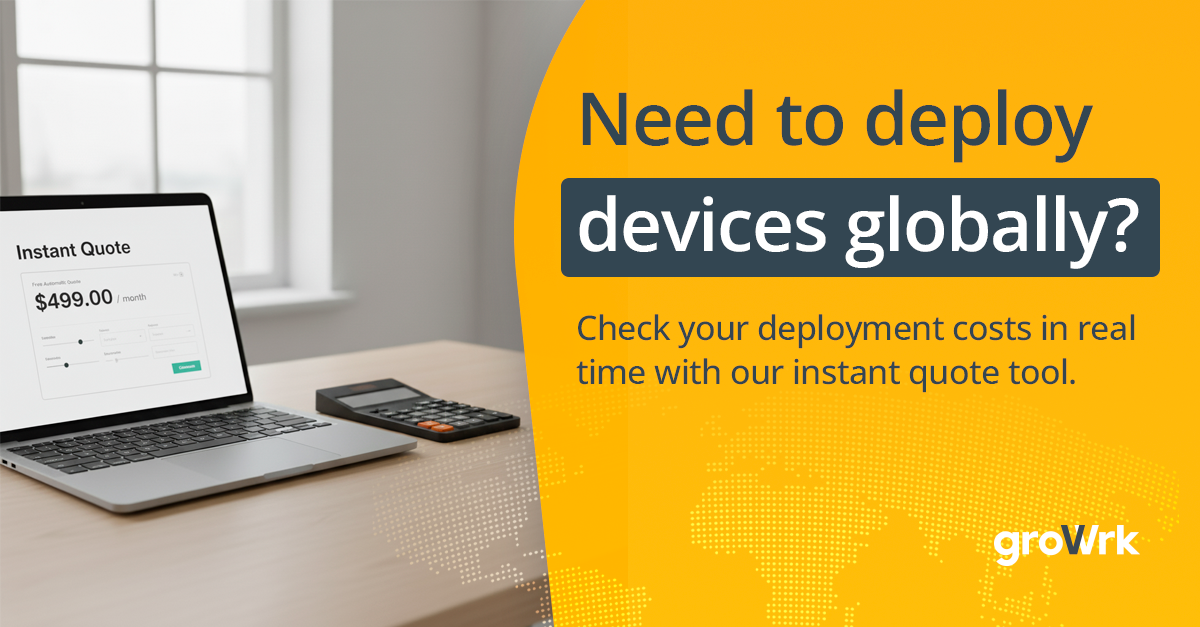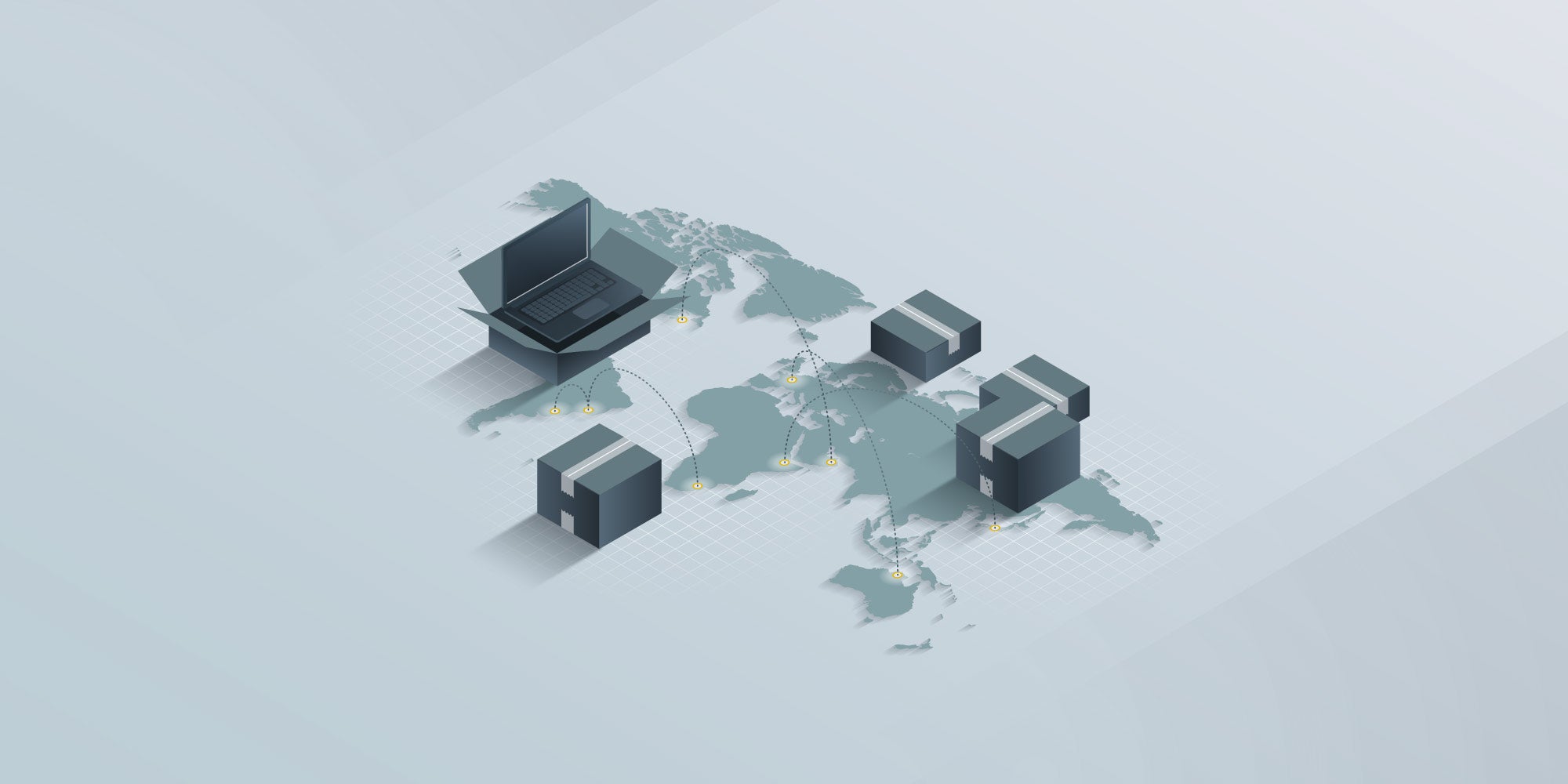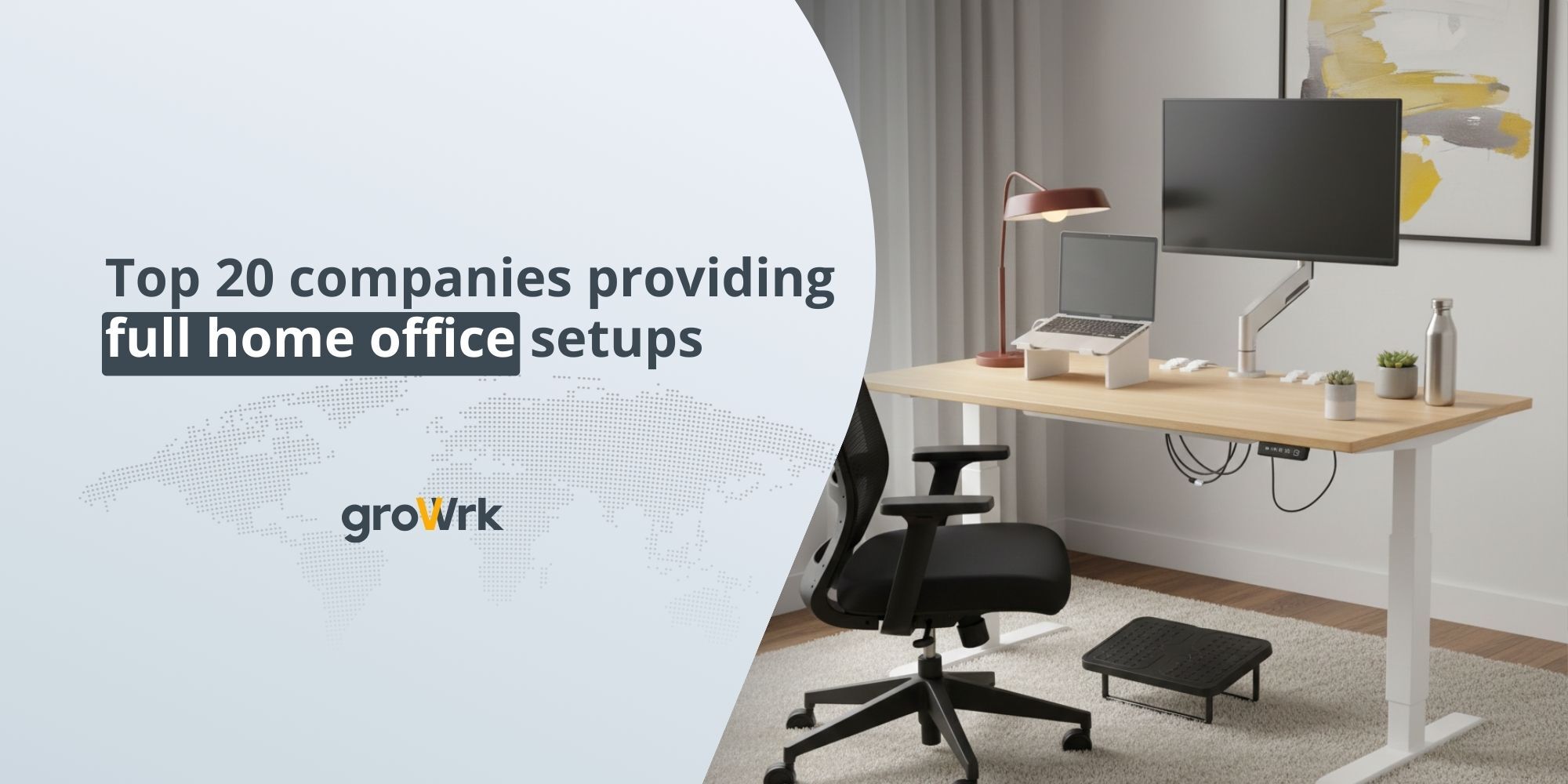How new tariffs are reshaping global device procurement
 Zachary Trudeau
Zachary Trudeau
The global IT procurement landscape just got more complicated. In 2025, the new U.S. administration introduced a sweeping set of “reciprocal tariffs” aimed at reshaping trade relationships and encouraging domestic manufacturing. These policies add new layers of cost and uncertainty for companies that import laptops, tablets, and other IT hardware from abroad.
While certain electronics like laptops and smartphones have been temporarily exempted, the situation is fluid. New proposals for higher tariffs on semiconductors and components could drive up device prices across the board, especially for businesses that rely on international supply chains.
For IT and operations leaders, the impact is immediate: sourcing equipment has become more expensive, customs processes more complex, and procurement timelines less predictable. But even in this volatile environment, companies still need to equip global and remote teams quickly and affordably.
Key takeaways
- The 2025 reciprocal tariff policy adds new costs and uncertainty to importing IT hardware, with potential reclassification risks for laptops and other electronics.
- Even though some devices are temporarily exempt, component tariffs, especially on semiconductors, are already pushing up manufacturing and procurement costs.
- Companies that rely on global hiring and distributed teams must adapt their procurement strategies to control costs, manage customs complexity, and maintain consistent device availability.
What the new tariffs mean for IT procurement
.jpg?width=600&height=300&name=How%20tariffs%20are%20reshaping%20global%20device%20procurement%20(1).jpg)
In April 2025, the U.S. administration rolled out a new “reciprocal tariff” system, a sweeping policy designed to balance trade relationships by imposing matching tariffs on countries that charge higher duties on U.S. exports. The plan introduced a baseline 10% tariff on most imports, with additional surcharges applied to countries running large trade surpluses with the U.S.
While the government later suspended tariffs on many consumer electronics, including laptops, tablets, and smartphones, the exemption is temporary. The White House described the move as a “reclassification,” leaving the door open for future adjustments or removals. At the same time, the administration proposed 100% tariffs on imported semiconductors not produced in the U.S., a change that could indirectly raise costs for laptop and device manufacturers worldwide.
For IT procurement teams, these policy shifts have immediate effects:
- Price volatility: Even exempt devices face cost ripple effects from tariffs on components like chips, screens, and batteries.
- Supply chain uncertainty: Rapid policy changes make it harder to forecast hardware pricing and lead times.
- Customs delays: More scrutiny at ports and shifting product classifications add to import timelines.
- Budget impact: Some estimates suggest tariffs could add $150–$200 per laptop once passed down through supply chains.
As tariffs tighten and exemptions remain in flux, procurement teams must plan for unpredictability, not just in cost, but in how and where devices can be sourced.
How tariffs are disrupting global IT Asset Management
.jpg?width=600&height=300&name=How%20tariffs%20are%20reshaping%20global%20device%20procurement%20(2).jpg)
For most IT and operations teams, tariffs aren’t just an abstract trade issue; they directly affect how quickly and affordably equipment reaches employees. When import duties rise or exemptions shift, the impact ripples through the entire device lifecycle, from sourcing to delivery and replacement.
Here’s how those disruptions are showing up across the IT asset landscape:
- Procurement costs are climbing: Even small increases in tariffs on components like chips and batteries can raise the total device cost by hundreds of dollars once manufacturing and logistics markups are factored in.
- Lead times are less predictable: Customs checks and new classification rules slow down shipments, leading to longer onboarding times for remote or international hires.
- Inventory planning has become riskier: Some companies are over-ordering to hedge against future tariff hikes, while others are holding off purchases entirely; either approach creates inefficiencies and cost exposure.
- Regional imbalances are growing: Tariffs may apply unevenly depending on where devices are assembled, meaning two identical laptops can carry very different costs depending on their country of origin.
- Contract complexity is increasing: Procurement leaders must now track tariff codes, duty exemptions, and fluctuating import fees across multiple jurisdictions.
In short, the new tariff environment is forcing IT teams to become trade experts overnight, managing price volatility, compliance risk, and delivery delays just to keep global employees equipped
.
How companies are responding to tariff volatility
.jpg?width=600&height=300&name=How%20tariffs%20are%20reshaping%20global%20device%20procurement%20(3).jpg)
For global employers, the latest tariffs aren’t just a trade issue; they’re a logistical one. When the cost and complexity of importing laptops increase, IT and operations teams need new ways to keep global and remote employees equipped on time and within budget.
Here’s how many companies are adapting:
- Regional device sourcing: Instead of shipping all equipment from the U.S., businesses are sourcing laptops locally in regions like the EU, Latin America, and Southeast Asia to avoid multiple layers of tariffs and customs duties.
- Partnering with global logistics providers: Many firms now work with partners who can handle customs paperwork, import compliance, and last-mile delivery, reducing internal admin work and clearance delays.
- Bulk purchasing and staging: Some companies are ordering devices in bulk and storing them in regional hubs for faster deployment when new hires join.
- Dynamic procurement planning: Procurement teams are building flexibility into their budgets and lead times, anticipating tariff reviews and adjusting sourcing routes as policies evolve.
- Increased visibility and tracking: Teams are investing in asset management platforms that track where devices are sourced, how they’re classified, and where they’re deployed, all essential for avoiding tariff errors.
These strategies share a common goal: maintaining business continuity despite trade policy uncertainty. Companies that can flex their procurement operations across regions rather than relying on a single import pipeline are navigating the new tariff environment with far fewer disruptions.
Strategies to mitigate tariff and customs risk
.jpg?width=600&height=300&name=How%20tariffs%20are%20reshaping%20global%20device%20procurement%20(4).jpg)
While tariff policies are outside a company’s control, how teams respond to them isn’t. The right procurement and logistics strategies can soften the financial and operational impact of trade restrictions while keeping global device programs running smoothly.
Here are some approaches IT leaders are using to stay ahead:
- Diversify suppliers and sourcing regions: Partner with multiple vendors across different manufacturing hubs to reduce dependency on any one tariff-affected country. This flexibility allows faster pivots when trade rules change.
- Leverage free trade agreements (FTAs): Source from countries with active trade agreements or duty exemptions with the U.S. to minimize or avoid extra costs.
- Classify products accurately: Small errors in customs codes can trigger unnecessary duties. Regularly review tariff classifications and ensure all documentation reflects current HS codes and exemption categories.
- Forecast and lock in pricing: Where possible, secure bulk purchasing or long-term contracts before tariff reviews take effect. Forward pricing reduces exposure to sudden cost hikes.
- Use consolidated logistics partners: Centralizing shipments through experienced logistics providers can simplify customs handling, speed up clearance, and lower administrative overhead.
- Build a contingency budget: Include buffer funds in procurement planning to absorb short-term tariff changes or import surcharges.
By combining these tactics, IT and procurement teams can navigate policy swings without losing control over device availability or budget predictability.
How GroWrk eases the tariff burden for IT procurement
Tariffs and trade restrictions may change how devices move across borders, but they don’t have to slow down how teams grow. GroWrk simplifies global IT procurement by handling the complexity that tariffs, customs, and international logistics create, so companies can stay focused on hiring and productivity, not paperwork.
Here’s how GroWrk helps companies maintain cost control and continuity despite new trade barriers:
- Optimized global sourcing
GroWrk’s procurement network spans multiple regions, allowing us to source devices from the most cost-effective markets while avoiding tariff-heavy routes. - Customs and compliance management
We manage all customs declarations, import documentation, and tariff classifications on your behalf, reducing delays and ensuring devices clear borders efficiently. - End-to-end device logistics
From order to delivery, GroWrk coordinates every step of the process, shipping preconfigured laptops directly to employees anywhere in the world. - Predictable pricing
Our international partnerships and shipping volume help minimize the financial impact of tariff fluctuations, keeping device costs stable even when policies shift. - Global lifecycle management
Devices can be retrieved, redeployed, or retired through GroWrk’s global network, allowing teams to manage assets sustainably and avoid duplicate import costs.
Even as tariffs introduce uncertainty into global trade, GroWrk provides stability. Companies can continue scaling distributed teams worldwide without worrying about customs delays, unpredictable costs, or shifting trade rules.
Book a demo and discover how GroWrk helps you equip teams worldwide without tariff delays or cost surprises.
FAQ
What are the 2025 “reciprocal tariffs”?
The 2025 reciprocal tariff policy introduces a 10% baseline duty on most imported goods, with additional surcharges on countries running large trade surpluses with the U.S. The goal is to encourage domestic manufacturing and balance trade relationships.
Are laptops and IT equipment affected by these tariffs?
Currently, laptops, smartphones, and some consumer electronics are temporarily exempt. However, this exemption is classified as a “reclassification,” meaning it could change at any time depending on future trade negotiations or policy reviews.
How could tariffs increase device costs even with exemptions?
Even if finished laptops remain exempt, tariffs on components like semiconductors, displays, and batteries increase manufacturing costs. Those costs eventually pass down the supply chain, raising the final price of devices.
What can companies do to reduce procurement risks from tariffs?
Businesses can diversify sourcing regions, use suppliers in countries with free trade agreements, and work with logistics partners who handle customs documentation and optimize shipping routes.
How does this impact companies with global or remote teams?
Tariff uncertainty makes it harder to predict delivery timelines and equipment costs for distributed employees. Companies need flexible procurement partners capable of managing compliance, customs, and delivery across multiple jurisdictions.
How does GroWrk help companies manage tariffs and customs?
GroWrk handles customs paperwork, tariff classifications, and global sourcing, ensuring devices reach employees efficiently and cost-effectively. We monitor trade changes in real time to adjust sourcing and shipping strategies before they affect your bottom line.








